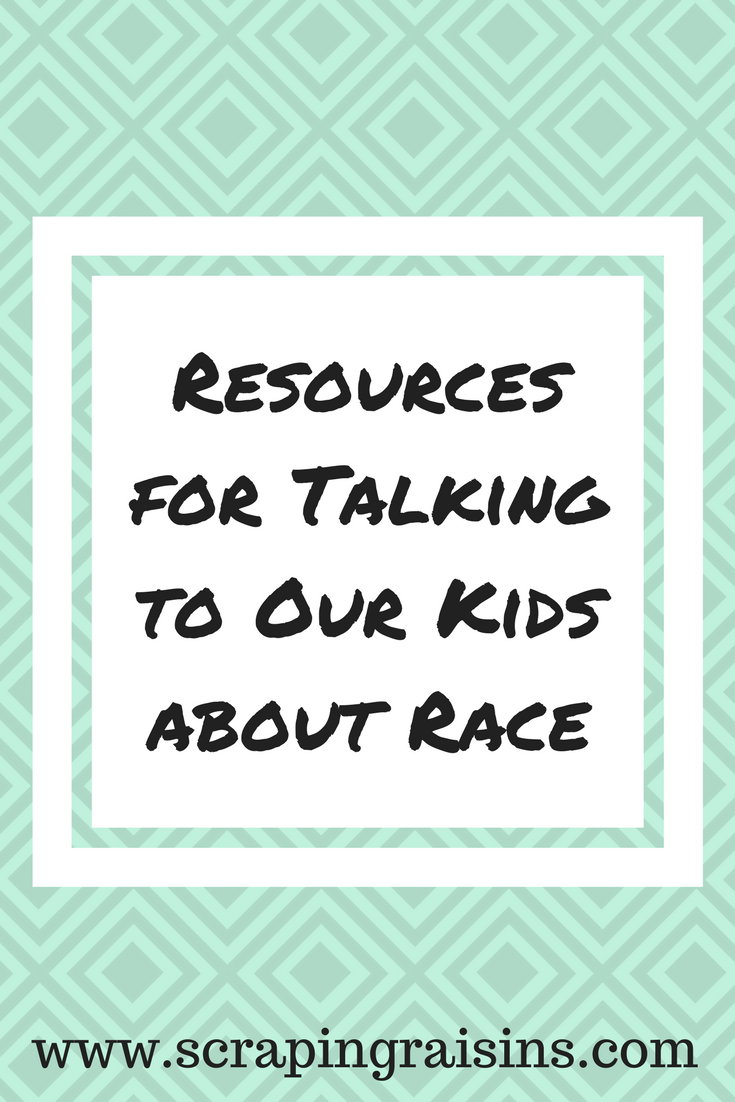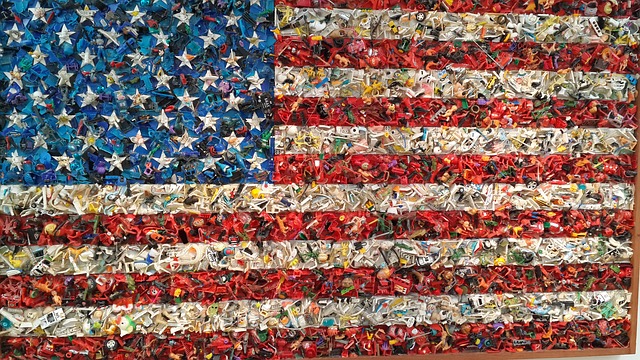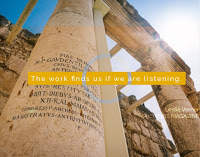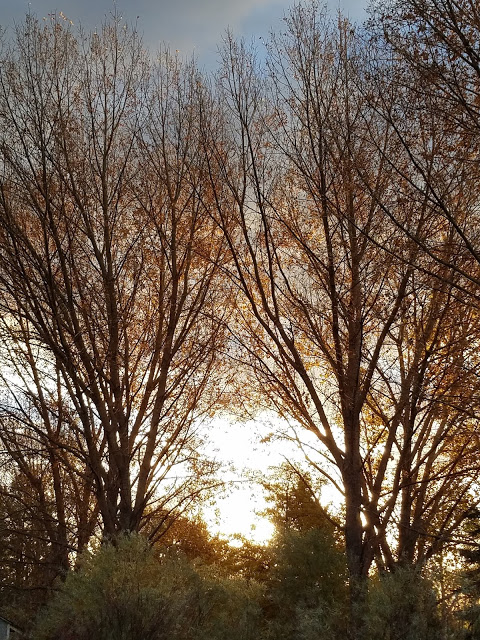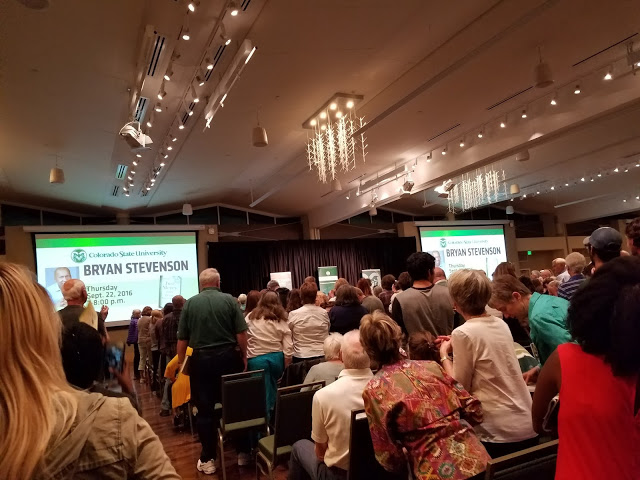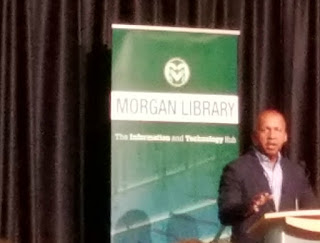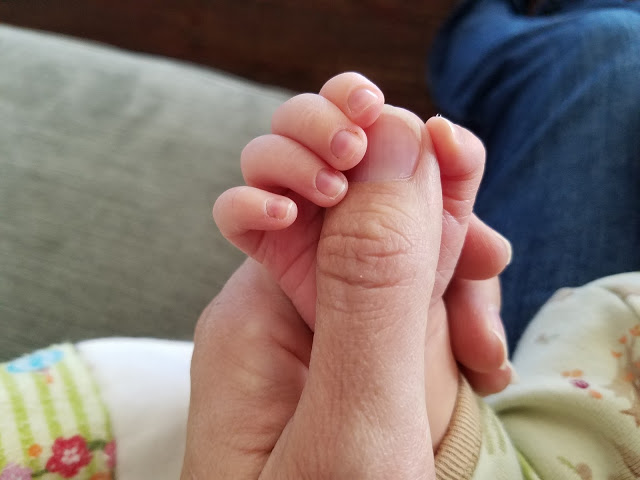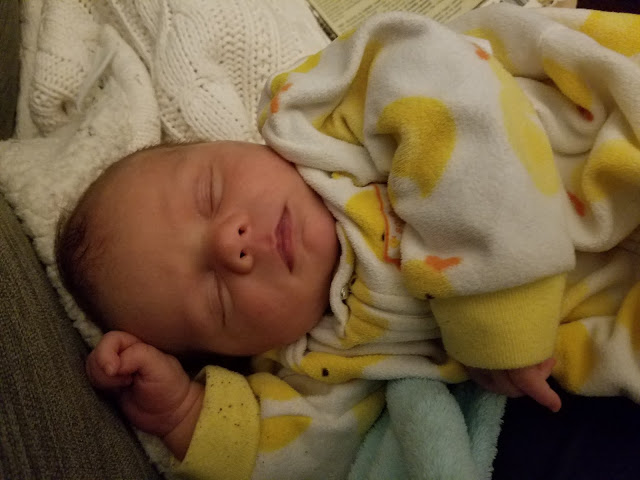I had this conversation yesterday with my 4 1/2 year old son and 2 1/2 year old daughter. They had never read this book before and were excited to read it together. Here is the truncated transcript of the video of us reading the book together:
[Look at the cover of the book Beautiful by Stacy McAnulty and illustrated by Joanne Lew-Vriethoff.]
Me: “This book cover has lots of different kinds of kids on it. How do they look different? What are they doing?”
Son: “Silly things!”
Me: “Like what?”
Son: I don’t know. She’s all dirty and laughing. And she is …. no one knows. He’s playing pirates.”
Me: Do any of these kids look like you guys?
Daughter: That’s E and that’s me!
Me: The pirate and the girl with the baseball cap? Do any of them look like you guys?
D: That one looks like me.
S: That one looks like me. Cause it has white skin. That means it’s me.
Me: But is your skin “white”? This is white, right? This cover [pointing at white duvet cover]. Is your skin the color of this?
S: But what is my color? [lifting up his shirt] Yeah, what is this color? [pointing at stomach]
Me: This is “peach”…is what we call our skin color. But we sometimes call our color “white.” And then what do people call this color? [point at African American kid in book]
S: Black.
Me: But is she really black? Is her skin black?
S: BROWN!
Me: So actually even your skin is even a tiny little bit brown. Do you know why we have different color skin? Because God made us different. We all have something in our skin called melanin. Can you say melanin?
S: Melanin.
Me: And that’s what makes our skin different colors. So if you’re white you don’t have a lot of melanin. But if you’re what we call black, then you have a lot of melanin.
S: What IS melanin?
Me: It’s just like a special thing that’s in our skin that makes our skin different colors. So some people are what we call “white,” which is what we are.
S: Do I have that…that…word? Do I have…
Me: Melanin? Yep, we all do.
S: [High-pitched voice] I have melanin?
Me: Actually, when you go out in the sun, it brings out the melanin, so we can be even darker. In sun sometimes our skin turns even a little browner. So in the summer our skin is more brown.
Me: So do you have any friends that are black? Do you know any kids that are brown colored?
S: One.
Me: Who is it?
S: C–
Me: Yep. So C– has more melanin in his skin.
S: I have more melanin.
Me: You have less melanin.
S: What does “less” mean?
Me: Not as much.
S: I have SO MUCH!
[I laugh.]
Me: Let’s read a book.
[Begin reading the book together, asking questions and talking about the pictures.]
Me: So this girl looks a little different, too. What does she look like? [point to Asian girl in picture]
S: She looks like what?
Me: Well, you know how mommy has some Chinese friends? And we speak Chinese together?
S: Yeah.
Me: So this girl looks Chinese, which means she’s “Asian.” So their skin is a little bit white, but it’s also a little bit brown.
D: Read it!
[Continue reading and talking about the pictures and words in the book. I ask what the kids were doing in the pictures and make connections to our lives.]
Me: They all have different kinds of hair, don’t they? So everyone has different kinds of hair, too. It’s all beautiful.
[Continue reading]
Me: [Point at another picture of a black child in the book.] Sometimes, also, when people have brown skin, we call them “African American.”
S: I found an African American! And another African American!
Me: Uh huh. “African American” is what we sometimes call people.
D: And MORE African American. [pointing]
S: Noo. She’s not African American.
[Continue reading, talking and answering many many questions.]
Me: [Reading end of book] “Because they make the world…”
S: Different Colors!
Me: Different Colors. And different colors is better than one color, isn’t it?
[They ask MORE questions about the pictures–unrelated to race.]
Me: [Finish reading.] “Beautiful!” Don’t you think they make the world beautiful? Just like you guys.
Reflection:
I felt like this conversation went really well. My son already knew the terminology “white” and “black,” though I’m not sure where he got it from (possibly from the hours of podcasts I listen to on this topic …). But it was refreshing to talk about how to describe people in a non-threatening, matter-of-fact way. From now on, I’ll try to be more intentional about talking about race as we read books together.
Have you had a conversation like this with your kids? Do you have any other recommendations for me? I’m sure it’s the first of many talks, so there is always room for improvement!
*Contains Amazon affiliate links
New to the Series? Start HERE (though you can jump in at any point!).

During the month of March, 2017, I will be sharing a series called 31 Days of #Woke. I’ll be doing some personal excavating of views of race I’ve developed through being in schools that were under court order to be integrated, teaching in an all black school as well as in diverse classrooms in Chicago and my experiences of whiteness living in Uganda and China. I’ll also have some people of color share their views and experiences of race in the United States (I still have some open spots, so contact me if you are a person of color who wants to share). So check back and join in the conversation. You are welcome in this space.









